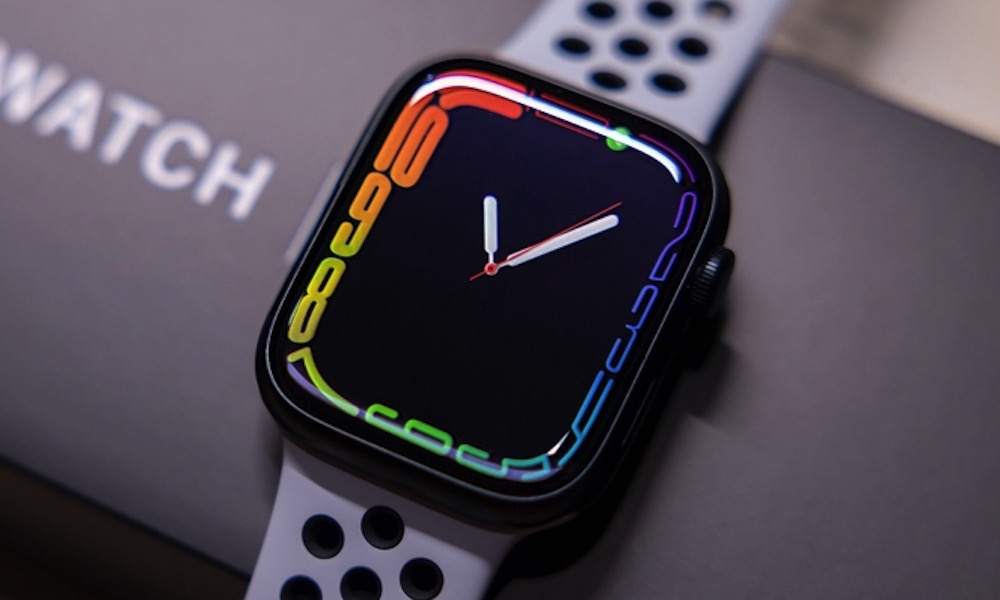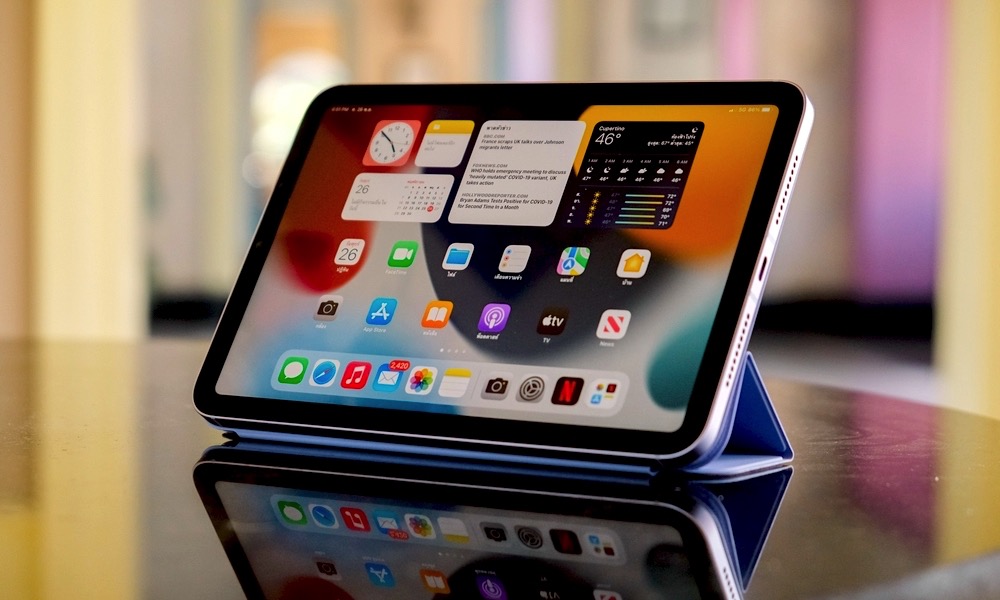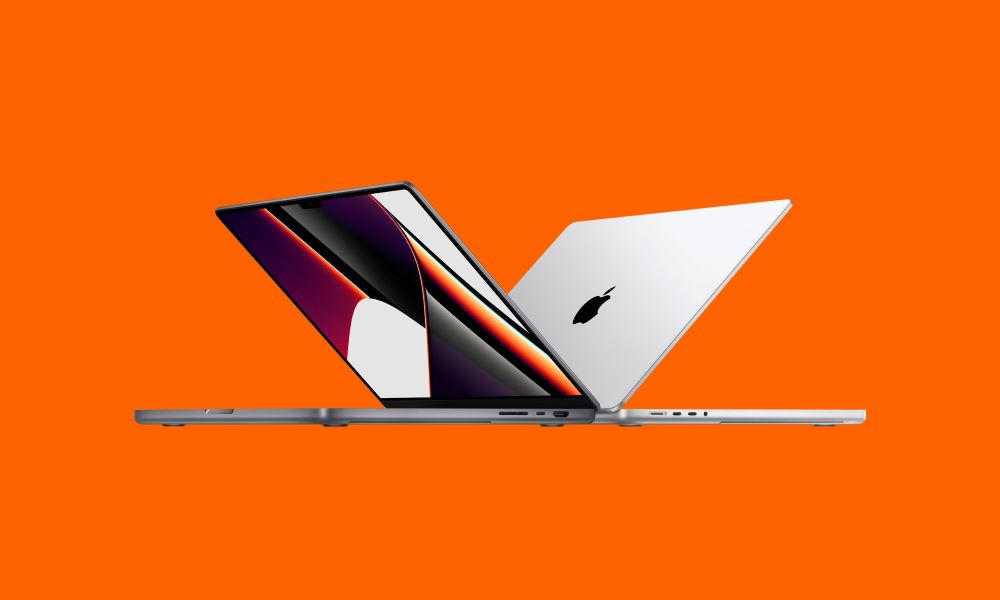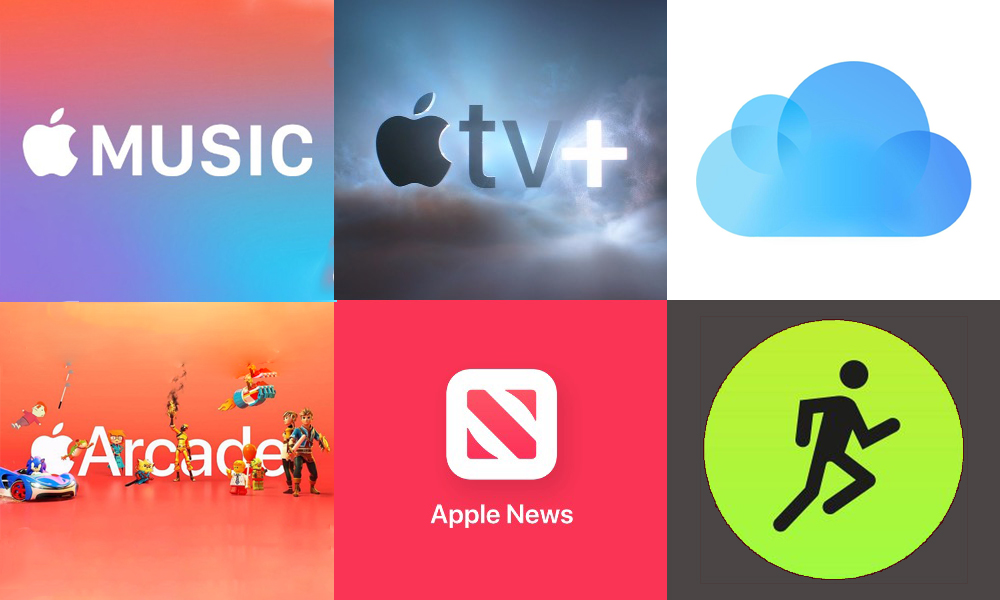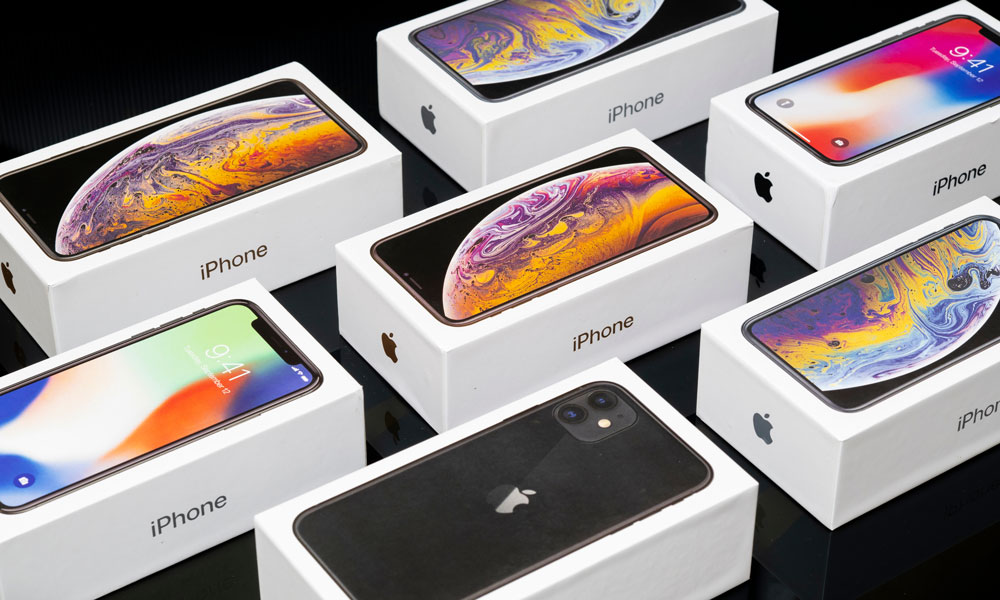9+ Interesting Facts and Key Insights from Apple’s Q1 2022 Earnings Call
 Urbanscape / Shutterstock
Urbanscape / Shutterstock
This week, Apple released the results for its famous “Holiday Quarter,” which covers the time period between October 1 and December 31 each year, and not surprisingly it once again shattered previous sales records almost across the board.
Naturally, Apple does some of its best sales during the holidays, but the year-over-year comparison shows that the company did even better than last year’s Q1 2021 — the quarter in which it broke the $100 billion revenue barrier for the first time.
This time around, Apple saw some stellar growth in MacBook sales, while the iPhone returned to its more normal growth numbers. Services, of course, continued its rapid rise, and Apple's executives shared some other interesting insights into what they're up to. Read on for 9 important takeaways from Apple's Q1 2022 earnings call.
The Numbers
Apple blew past analysts’ best expectations this quarter, setting an all-time revenue record of $123.9 billion, an increase of 11 percent over last year’s $111.4 billion. Meanwhile, Wall Street was only expecting numbers of around $118.3 billion.
In fact, Apple saw nearly double-digit growth in almost every category except for the iPad, which actually shrank by around 14 percent.
- iPhone: $71.6 billion (9.2% growth)
- Mac: $10.9 billion (25.1% growth)
- iPad: $7.2 billion (14.1% down)
- Wearable, Home, and Accessories: $14.7 billion (13.3% growth)
- Services: $19.5 billion (23.8% growth)
The strongest category by far was the Mac, which was undoubtedly fuelled by the release of the new 14-inch and 16-inch MacBook Pro lineup. iPhone and wearables growth was a bit more lacklustre, but still showed positive gains. Apple’s Services, however, are showing no signs of slowing down.
An Off Year for the iPhone?
Although iPhone sales only grew by 9.2 percent over the 2020 holiday season, this is a trend we’ve often seen over the years, and it’s actually a more typical number for iPhone growth.
Apple may have chosen to call the 2021 iPhone models the “iPhone 13,” but in many ways they were typical “S” models — those in-between models that Apple used to release each year with minimal physical design changes, focusing instead on a handful of new features.
Unlike prior S models, which typically brought groundbreaking innovations like Siri and Touch ID, the iPhone 13 didn’t move the bar nearly as much. To be clear, it’s still a worthy upgrade from anything older than an iPhone 12, but it also wasn’t as exciting as the iPhone 12 release.
The numbers also bear that out. iPhone sales last year surged by a whopping 17.2 percent, but even that was an aberration, likely driven by pent-up demand. In Q1 2020 — which was just before the global pandemic changed everything — iPhone sales only grew by 7.6 percent over the prior quarter — a time when many folks knew a 5G iPhone was on the horizon, and were waiting to see what would come next.
In other words, the iPhone 13 still sold better than the iPhone 11 did two years ago, but it’s also worth noting that we’re talking about growth in sales here. Despite a mere 7.6 percent increase over the iPhone XS/XR era, the iPhone 11 still dominated smartphone sales that holiday season.
Wearables Sales Slowing Down?
Apple’s “Wearables” category also includes Home and Accessories, which encompasses everything from the Apple TV and HomePod mini to cases, MagSafe chargers, and power adapters.
Still, there’s no doubt that the driving products in that category are the actual wearables: the Apple Watch and the various flavours of AirPods.
While the category saw a seemingly impressive 13.3 percent growth over last quarter that pales in comparison to the previous holiday quarter numbers, which were 29.6 percent in Q1 2021, and a staggering 37% in Q1 2020.
This suggests that the Apple Watch Series 7, AirPods 3, and more colourful HomePod mini smart speakers just didn’t quite match up to the demand for the AirPods Pro and prior Apple Watch models.
The release of the Apple Watch SE alongside the Series 6 in 2020 may have also accounted for more wearable sales, and of course, that’s also the year the HomePod mini made its debut.
Even so, the wearables category has doubled in revenue since Q1 2019, when it only accounted for $7.3 billion of Apple’s $84.3 billion in total revenue.
iPad Sales in a Slump
While the iPad category actually shrank over Q1 2021, that’s probably not surprising considering that Apple had few significant iPad releases last fall. While the iPad mini 6 was certainly a welcome upgrade to the family, it wasn’t nearly as exciting as the fourth-generation iPad Air that came along in the fall of 2020, with its new colours, side-button Touch ID, and iPad Pro like design.
In fact, compared to Q1 2021, it’s probably fair to say that the iPad category had nowhere to go but down. Between the new iPad Air and the demand for tablet-like devices brought on by the global pandemic, the iPad category grew last year by an unbelievable 41 percent. In Q1 2020, however, it actually dropped by 11.2 percent, which wasn’t all that surprising coming out of a fall event where only a single new entry-level iPad model was introduced.
Notably, Apple’s Q4 2020 numbers — those from the quarter that ended last September — showed considerably better iPad sales of $8.4 billion. Of course, that was also the quarter that came along just after the new M1-powered iPad Pro models were released.
Despite the negative growth, however, Apple’s CFO Luca Maestri said that half of Apple’s iPad sales went to buyers that were entirely new to the product family. He also added that supply constraints affected Apple’s ability to sell more iPads; the company simply couldn’t keep up with demand, and estimates that they could have done $1.2 billion more in iPad sales had they been able to do so.
Mac Sales Skyrocket
Even though iPad numbers slumped, Apple more than made up with this in Mac sales, which broke $10 billion for the first time ever — an increase of just over 25 percent from Q1 2021.
This is even more impressive when you consider that the last holiday quarter was also an increase of 21.2 percent over the 2019 holiday season. That first big jump was, of course, driven by Apple’s new M1-powered MacBook Air and 13-inch MacBook Pro, but obviously this year the company saw the fruits of its work on the 14-inch and 16-inch MacBook Pro lineup, cashing in on all the folks who were patient enough to give the earlier entry-level models a pass.
Apple CEO Tim Cook also noted that Mac sales have been particularly great in China, where six out of 10 Macs sold last quarter were to new users, rather than upgraders.
Services Approaching the $20 Billion Mark
The one area in which Apple is showing absolutely no signs of slowing down is in its Services business, which is now dancing on the $20 billion lineup.
What’s even more interesting about this is that Apple introduced only one new service this year: the Apple Music Voice Plan. While only Apple knows for sure how many new subscribers that drew in, it’s hard to believe that was enough to drive nearly $4 billion in additional revenue compared to last year’s holiday quarter.
While Apple’s other categories seem to grow (and sometimes shrink) in waves, its services category has remained on a slow and steady upward trend, nearly doubling from Q1 2019, and consistently growing by around 24 percent over the past two holiday quarters.
It’s also the one category that has been growing steadily, not only year-over-year but from quarter to quarter. Hardware sales ebb and flow, and of course, the holiday quarter always drives far more product sales, resulting in a Q1 surge each year. By their very nature, services simply accumulate subscribers, and as long as more people are joining than leaving, the numbers simply keep going up.
In fact, Apple said that it added a record number of 165 million new subscribers worldwide during the holiday quarter, bringing it to a total of 785 million paying customers.
So, there’s little doubt services revenue is set to break $20 billion very soon, and we wouldn’t be at all surprised to see that happen as soon as the Q2 2022 results come out in April.
There Are 1.8 Billion Devices in Active Use
According to Apple’s CEO, Tim Cook, the company now boasts an installed base of 1.8 billion devices globally — a number that could surpass two billion this year.
Cook didn’t break down exactly which devices those are, but it’s fair to say that the bulk of that number is made up of iPhone users, as the company shared last year that there are over a billion iPhones in active use. To be clear, Apple sold its billionth iPhone in 2016, but it took until early 2020 before that translated into a billion active devices.
Over the past year, 150 million new Apple devices came online, so Apple only needs to increase that trends by about 35 percent to hit the two billion mark before the end of 2022.
Supplies Will Improve by March
Like just about every other company in the midst of the global health pandemic, Apple has been facing a lot of supply constraints. In fact, in Q4 2021 it predicted that it could have made $6 billion more if it had simply been able to keep up with customer demand.
While Apple executives didn’t share an overall estimate of the shortfall this time around, it’s clear the company is still dealing with supply chain problems, but it also predicts that’s about to change. Apple CEO Tim Cook told The Wall Street Journal that it expects to be “less constrained” in March than it was in the December quarter.
Cook was careful to say that he’s not making predictions as to when the supply chain issues will be over, as some of that is also based on customer demand, which is much harder to predict, but he is expecting it to begin improving at least slowly.
There’s ‘a Lot of Potential’ in the Metaverse
Naturally, Tim Cook was asked about Apple’s view of the metaverse during the Q&A portion of the earnings call, and while he gave one of his typically evasive answers.
Of course, we all know that Apple is working on an AR/VR headset of some kind, but Cook isn’t about to talk about that just yet. Instead, he pointed to the fact that there are “over 14,000 AR apps in the App Store,” and simply added that “we’re a company in the business of innovation.”
Cook also avoided the word “metaverse” in his response — that was only used by the person asking the question. The Apple CEO merely responded that the company sees “a lot of potential” in that area and is “investing accordingly.”
Rumour has it that Apple isn’t seeking to create a completely virtual world like what Meta is pursuing. Instead, Apple wants to build a device that enhances current reality, rather than encouraging people to escape from it.



